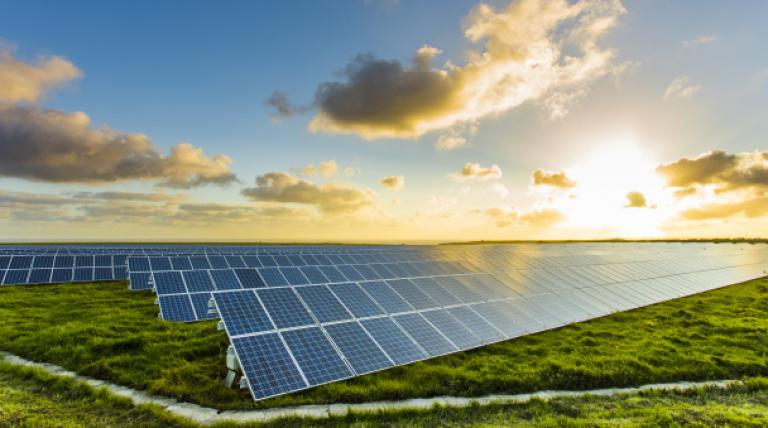For 40 years, we've been driving our country's economic and social progress. Four decades shaping Spain.
Renewable generation up to the end of September: onwards and upwards
Renewable generation grew in the first nine months of 2020, a period during which its production increased by 16.3% compared to the same period in 2019. Solar PV and hydro are the main technologies that have contributed to making this possible.
Renewable energy in Spain continues to produce good results. Up until the end of September, its annual production had reached 80,577 GWh, a figure that represents an increase of 16.3% over the same period in 2019. If we look in more detail, solar PV energy, whose generation was up 67.5%, was one of the driving forces behind this growth, followed by hydropower, which increased its generation by 41.6%, and other renewables which, despite having a lower share in the generation mix, produced 20.6% more from January to the end of September than they did in 2019.
Although electricity demand during this period fell by 6.6% compared to the previous year, mainly due to the coronavirus crisis, the truth is that the weather conditions, together with the deployment of new installed renewable power capacity in Spain, have given a boost to green technologies, which as at 30 September represented 43.1% of total national production, 7.5 percentage points more than in 2019.
During the first half of the year, the monthly share of renewables in the generation mix exceeded 40%, with May being the month in which green technologies played the greatest role in the national electricity system registering a share of 52.4% of total generation nationwide.
Wind power, which accounts for more than 650 MW of the new installed generation capacity so far during 2020, maintained its production values of 2019 with just a slight decrease of 0.5%, but is now the second most important technology in Spain, being responsible for 1 of every 5 GWh generated in our national electricity system. Only nuclear, whose share stood at 22.1%, exceeds wind in terms of production from January to the end of September.
For its part, hydropower generation has grown by 41.6% from January to the end of September compared to 2019 and has been responsible for producing a total of 23,066 GWh, 12.3% of the total electricity generated nationwide in the period. The months of January and April stand out as the months with the greatest contribution of this technology to the generation mix.
But if there is a technology that stands out from all other renewables in relation to its growth in 2020, that would be solar photovoltaic. Up until 30 September, the total electricity generated using solar PV is 67.5% higher than that produced in the first nine months of 2019. Its share in the generation mix has risen from a discreet 3.8% in 2019 to 6.6%, a truly noteworthy figure for an electricity generation technology that relies on the sun in order to produce electricity.
Solar photovoltaic energy, which in 2020 alone has increased its installed power capacity nationwide by more than 1,000 MW, smashed the figure of last year's total PV electricity production (9,240 GWh as at 31 December 2019) on 3 August this year, when it reached a cumulative total of 9,297 GWh for the period 1 January to 3 August. This figure has continued to grow, and as at 30 September it had already reached 12,406 GWh.

The direct impact of an increase in the contribution of renewable energy on the Spanish electricity system is the reduction in the tonnes of CO2 equivalent associated with the generation of electricity which, at the end of the third quarter, was 28.7% lower than that recorded for the same period in 2019.













